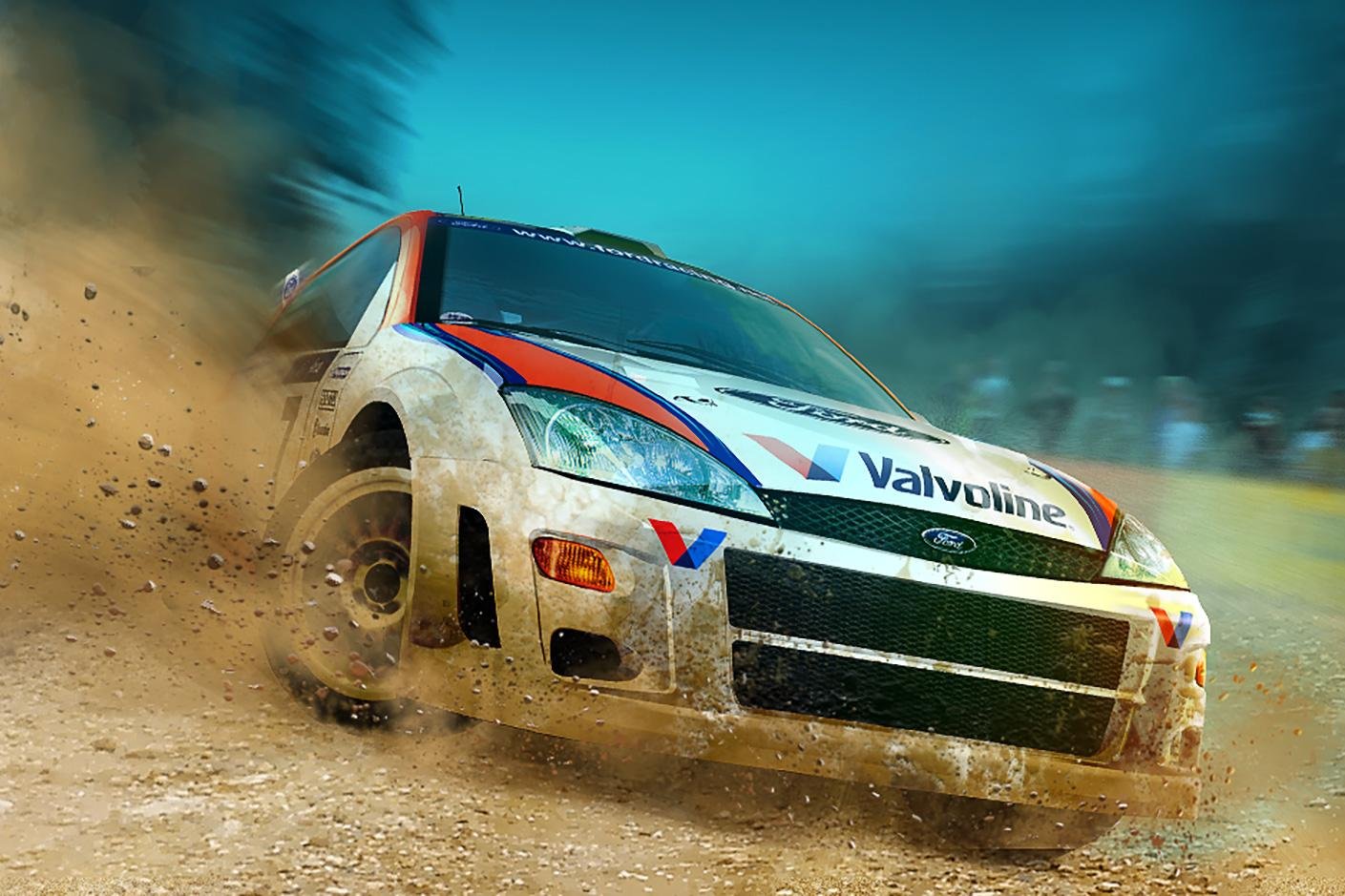Colin McRae made his unforgettable mark in the rally history and in the hearts of rally fans around the world. And not just because he was fast or got the WRC title in 1995. It was his attitude, his way of giving everything into each stage, like it was the last one in his life. Maybe that’s one of the reasons why he became a household name not only among rally fans, but also among gamers with interest in racing simulators.
It all started in 1998 with the release of a new racing simulator called Colin McRae Rally. It was developed by Codemasters, a company that had specialized in simulation games since the era of 8-bit computers. Rally was their next big challenge, and their bet on a wild card paid off. The latest game in the series, “Dirt”, was launched only a year ago.
In the prehistoric days of computer gaming, it was unthinkable to create a game that would simulate different conditions, various surfaces or, god forbid, even weather. Coming up with the first such games had to be intensely challenging. But after initial setbacks, the first successful titles came out and became both inspiration and competition for the Colin McRae Rally. The most important was Sega Rally, launched in 1995 and originally intended as an arcade game for bars and gaming venues. You may remember the huge boxes with a steering wheel, gearstick and a plastic seat. That was the Sega Rally. However, there were also failures. Games like V-Rally or Screamer Rally were fine examples of what not to do and certainly not a benchmark for anyone trying to launch a game named after a world rally star.
Colin McRae Rally first came out on consoles, with the PC version following half a year later. The game included a rally school and two levels of difficulty after that. Each one offered a different set of cars. The beginner level included just front-drive cars, including the Škoda Felicia Kit Car. The harder level provided a chance to rally all the gems of Group A, the top tier in rallying at the time. You could pick a Subaru Impreza, Mitsubishi Lancer Evo or Ford Escort WRC. More cars, including the legends from Group B, were unlocked by completing challenges.The list of tracks included all the countries that hosted WRC rallies in 1998, with stages invented specially for the game.
The game was a success with players, though it didn’t have anything really unique compared to its competition (with the possible exception of the mud that stuck to the car’s body during the stages). The game was rated as average to above average: it did everything well, but nothing exceptionally so. However, better times were coming with the introduction of the second installment, which became the most famous of the series.
At the turn of the millenium, Colin McRae 2.0 was released. This game managed to take the run of the mill first installment and turn it into countless nights of entertainment. It took its toll on school results and turned many people irreversibly towards rally fandom. It featured the twisty Italian special stages, the beautiful Ford Focus WRC in lusty Martini livery, the Lancer Evo in red-white Marlboro design and many other great cars of the famous era of motorsport. Besides the usual stages, the championship also offered ‘super special stages’ in which you could compete directly with another car on a circuit. At the time, that was something unusual and gripping. Together with the great physics, it turned the game into what can fairly be described as the best racing sim of its day.
Another important milestone for the series was Colin McRae Rally 3. The game was released in 2002, just two years after the first game. Massively improved graphics made the game absolutely stunning by the standards of the time with detailed models of cars, pieces of bodywork or mud falling off, and demanding stages. What didn’t change was the physics, with the cars still sort of “floating” and heavy-handed. The overall feeling and atmosphere – and the graphics and the damage model – were so cool, though, that gamers quickly forgot about the nights spent with the second installment of the series.
In the following five years, two more games of the series were released, but didn’t bring any great improvement, except for the rising number before the famous Colin McRae Rally name. There was nothing new besides a number of new cars and tracks. It all felt like the third installment getting refreshed, over and over. But an important breakthrough would come soon, in 2007. The name of the next game in the series included the word “DIRT”. More about that in the next part of our series…








